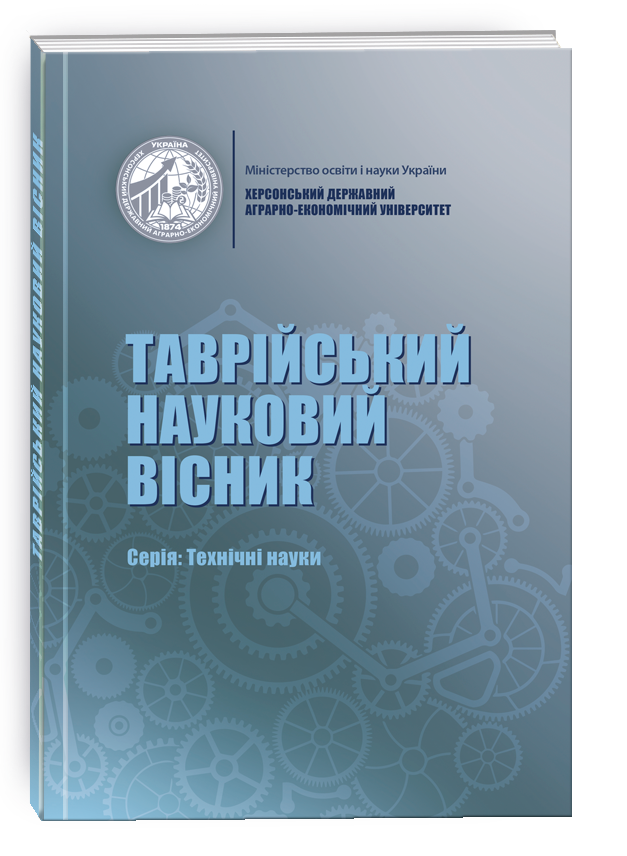REVIEW OF THE WEB SERVICE CHOREOGRAPHY CONCEPT IN WSMO FOR EXECUTING SYNCHRONOUS AND ASYNCHRONOUS REQUESTS
DOI:
https://doi.org/10.32782/tnv-tech.2024.2.4Keywords:
service-oriented architecture, ontology, WSMO, semantic description of web servicesAbstract
The popularity of the Internet has led to a rapid increase in its informational content. However, much of the data provided by web resources is primarily oriented towards human understanding, with only a small portion suitable for processing by software agents. This complexity poses challenges in finding the necessary information, services, or resources. To address this, there is a need for standardization of resources, specifically the unification of data exchange between different services, or the integration of real-world objects into the Internet. The concept of the Semantic Web enables the linking of services through interaction descriptions, including service discovery. This facilitates the "understanding" of information not only by humans but also by systems for further automated processing by other programs, before being transmitted to the user. The Semantic Web is complemented by the theoretical concept of domain models, or ontologies. The W3C consortium has defined XML (eXtensible Markup Language) as the standard language for describing documents with a list of tags and attributes defined by a specific protocol or specification. For ontologies, one of the specifications defined is RDF (Resource Description Framework) – an abstract language of metadata formed as a graph. The consortium recommends many frameworks for directly describing the semantic model, one example being OWL (Web Ontology Language), which defines a network of concepts and relations between them. Another important adaptation for programming service applications is WSMO (Web Service Modeling Ontology). This framework supports direct execution of service discovery – the exposure of necessary services for invocation by user request, as well as choreography and orchestration, making it a more comprehensive solution compared to OWL-S. The article discusses approaches proposed by the WSMO framework for the orchestration and choreography of web services, as well as the drawbacks of this solution in the context of processing infinite data streams.
References
Wang H. A Formal Model of the Semantic Web Service Ontology (WSMO) [Електронний ресурс] / H. Wang, N. Gibbins // 13th IEEE International Conference on Engineering of Complex Computer Systems. Режим доступу до ресурсу: https://core.ac.uk/download/pdf/287750875.pdf.
Semantic Web Services – Concepts and Technology [Електронний ресурс] / M. Stollberg, C. Feier, D. Roman, D. Fensel // Digital Enterprise Research Institute. Режим доступу до ресурсу: https://michael-stollberg.de/publications/wsmobookchapter.pdf.
WSMO-Lite: Lightweight Semantic Descriptions for Services on the Web [Електронний ресурс] // W3C Member Submission. 2010. Режим доступу до ресурсу: https://www.w3.org/submissions/2010/SUBM-WSMO-Lite-20100823/.






